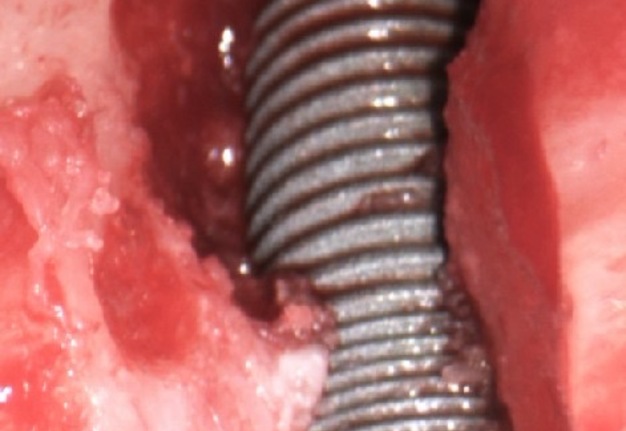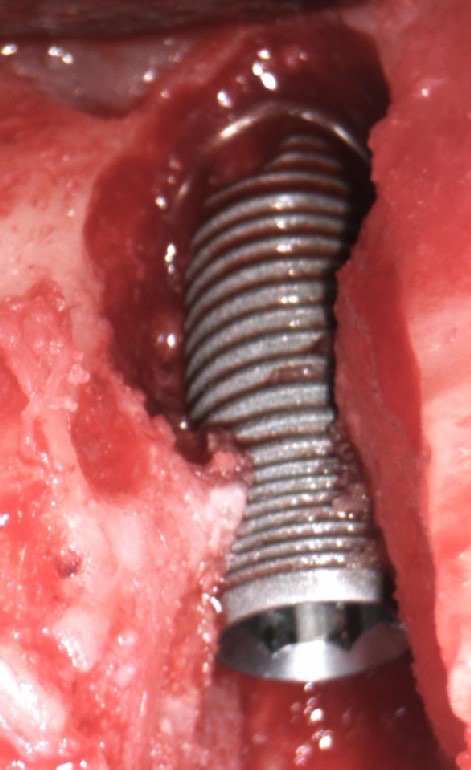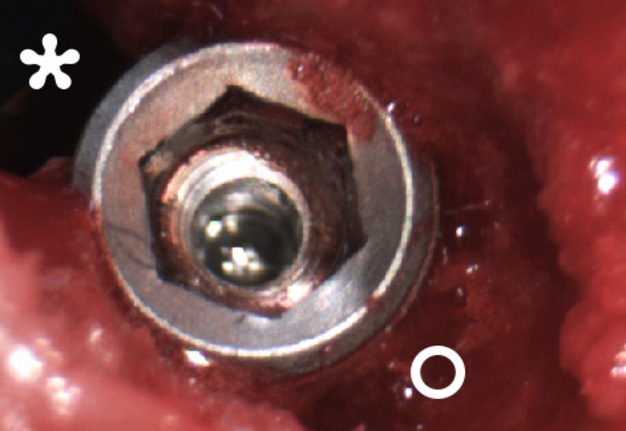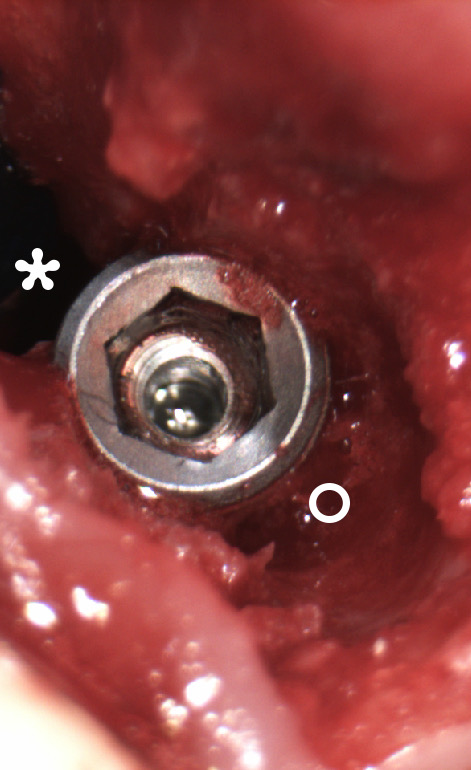Discussion: Role of Primary Stability for Successful Osseointegration of Dental Implants: Factors of Influence and Evaluation
May 31, 2019
https://doi.org/10.23999/j.dtomp.2019.5.4
J Diagn Treat Oral Maxillofac Pathol 2019;154–5.
Under a Creative Commons license
HOW TO CITE THIS ARTICLE
Nagorniak IV. Discussion: role of primary stability for successful osseointegration of dental implants: factors of influence and evaluation. J Diagn Treat Oral Maxillofac Pathol 2019;3(5):154−5.
Article
The authors should be honored for such a well-written and much-needed publication.1 In the work by Javed et al,1 a role of different factors in achieving of a primary stability (Fig) is raised and analysed. In their paper “Role of Primary Stability for Successful Osseointegration of Dental Implants: Factors of Influence and Evaluation”, are precisely described: Pre-requisites for a fortunate primary stability, density and quality of the bone tissue, design of the implants, methods of evaluation of the primary stability, and how micromotions can effect the primary stability.1
The partial/complete edentulous patient embodies the convergence of three extremely common, very challenging, and highly expensive conditions: lack of bone, poor quality of bone tissue, and high costs for the dental implants placement/bone augmentation procedures.2-8
So, factors affecting primary and secondary stability of the dental implants were beautifully outlined by Javed et al:1
1. Factors influencing primary stability:
- Bone quantity.
- Bone quality.
- Surgical technique.
- Implant design.
2. Factors influencing secondary stability:
- Primary stability.
- Bone remodeling.
- Implant surface conditions.
The bone dentistry classifications (Linkow and Chercheve, 1970; Leckholm and Zarb, 1985; Misch, 1995)1 are so clearly characterized that it simplifies for the surgeons to plan and to predict the procedures using cone-beam computed tomography with Hounsfield Units measurement.3 Carefully describing the “soft bones” Javed et al warn about the risks in achieving primary stability in case of soft jaw densities.1 But, as pointed out by other authors,4 poor primary stability is not statistically significant in the loss of dental implants. Cobo-Vázquez et al made those conclusions after analysis of 2,400 implants among which ninety-two implants were placed without primary stability.4
In summary, authors have done a great review of a hot topic of last years, analyzed 68 peer-reviewed literary sources.1 It makes the article1 an important source for colleagues who are interested in a brief review of challenging situations in implant surgeries, especially at posterior maxilla.
FIGURE A. Case (A, B) of the author (Nagorniak IV) demonstrates an example of primary stability of implant at the maxilla (place of a tooth 1.4). Image B: Large buccal wall defect2 (asterisk) and palatal bone gap (circle) were treated by bone grafting with guided bone regeneration using titanium mesh.
FIGURE B. Case (A, B) of the author (Nagorniak IV) demonstrates an example of primary stability of implant at the maxilla (place of a tooth 1.4). Image B: Large buccal wall defect2 (asterisk) and palatal bone gap (circle) were treated by bone grafting with guided bone regeneration using titanium mesh.
REFERENCES (8)
-
Javed F, Ahmed HB, Crespi R, Romanos GE. Role of primary stability for successful osseointegration of dental implants: factors of influence and evaluation. Interv Med Appl Sci 2013;5:162–7. Crossref
-
Le BT, Borzabadi-Farahani A. Simultaneous implant placement and bone grafting with particulate mineralized allograft in sites with buccal wall defects, a three-year follow-up and review of literature. J Craniomaxillofac Surg 2014;42:552–9. Crossref
-
Marquezan M, Osório A, Sant'Anna E, Souza MM, Maia L. Does bone mineral density influence the primary stability of dental implants? A systematic review.
Clin. Oral Impl. Res 2012;23:767–74. Crossref -
Cobo-Vázquez C, Reininger D, Molinero-Mourelle P, González-Serrano J, Guisado-Moya B, López-Quiles J. Effect of the lack of primary stability in the survival of dental implants. J Clin Exp Dent 2018;10:e14-e19. Crossref
-
Gómez-Polo M, Ortega R, Gómez-Polo C, Martín C, Celemín A, Del Río J. Does lenght, diameter, or bone quality affect primary and secondary stability in self-tapping dental implants? J Oral Maxillofac Surg 2016;74:1344–53.Crossref
-
Falisi G, Severino M, Rastelli C, Bernardi S, Caruso S, Galli M. The effects of surgical preparation techniques and implant macro-geometry on primary stability: An in vitro study. Med Oral Patol Oral Cir Bucal 2017;22:e201–e206.
-
Turkyilmaz I, Aksoy U, McGlumphy EA. Two alternative surgical techniques for enhancing primary implant stability in the posterior maxilla: a clinical study including bone density, insertion torque, and resonance frequency analysis data. Clin Implant Dent Relat Res 2008;10(4):231–7. Crossref
-
Tanaka K, Sailer I, Iwama R, Yamauchi K, Nogami S, Yoda N, Takahashi T. Relationship between cortical bone thickness and implant stability at the time of surgery and secondary stability after osseointegration measured using resonance frequency analysis. J Periodontal Implant Sci 2018;48:360–72. Crossref



